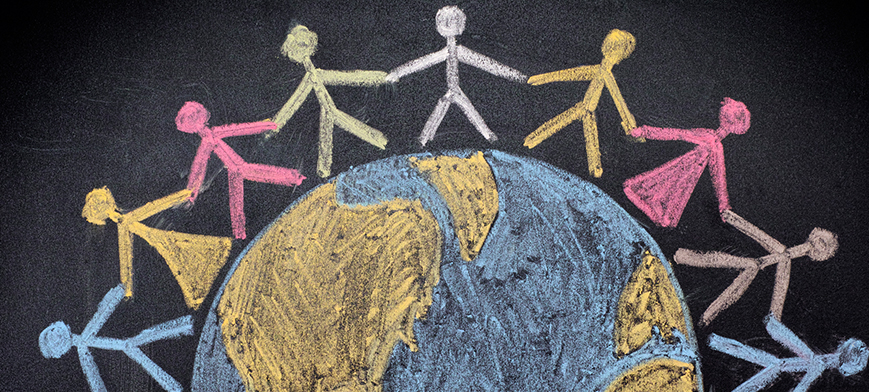It is rare to read news from the healthcare industry without seeing mention of data analytics. "Big data" is everywhere. We predict almost everything with data and it’s not limited to healthcare. We use data to predict the shifts in real estate, the size of a looming storm, and the number of aces Roger Federer will likely serve during the U.S. Open. As the healthcare industry transitions to value-based care, everyone wants better health outcomes, and we're counting on big data to achieve them. However, it could be that the big gains from big data in healthcare have already been realized, at least when it comes to discovering and applying clinical best practices.
Impact of social determinants of health
The best analytics and clinical care plan in the world will fall short of improving outcomes and lowering costs if the individual in need lacks the social and environmental resources necessary to follow through. A person’s ZIP code, years of education, income, and many other non-clinical factors all have a greater impact on health than clinical care itself – a point that could be unsettling to many traditional caregivers. Research shows that 60 percent (and sometimes as much as 80 percent) of a person’s health is determined by to social, environmental, and behavioral factors.
These factors, often referred to as social determinants of health or SDOH, affect the ability to access care, and to stay healthy. Do individuals living in safe housing have access to healthy food? Do they have reliable transportation for doctor appointments and follow-up therapy? Can they pay for prescriptions? Can they read and understand post-care instructions, medical jargon, and other resource materials? Do they have a strong social support network? Moving the outcomes needle requires understanding individual challenges and barriers.
Improving population health and outcomes requires a commitment to collaboration, communication, and accountability throughout the provider network and the community. Providers need to know the life challenges their patients face outside the hospital or clinic setting, anticipate possible problems, and build appropriate responses into their care plans. A holistic connection between patients, caregivers, family, and community members will help identify and address any social determinants of health before they become a barrier to quality outcomes.
Designing for better outcomes
This holistic approach requires a new way of thinking that doesn't use old-school approaches or traditional workflow models. Data can help, but it is just the start. Caring for someone in need must include the input of doctors, nurses, patients, case managers, social workers, community-based organizations, food pantries, and social service resources. All are important, and communication among them is paramount.
TAVHealth’s cloud-based collaboration and workflow tool, TAVConnect, is proving to be a crucial in the move toward holistic value-based care. It's not an EMR, but rather a tool to be used in conjunction with, or independent of, the EMR. It enables everyone involved with an individual’s care to communicate and collaborate. No longer are there unanswered questions or hidden barriers preventing the best possible outcomes. TAVConnect closes the loop by opening doors to identifying and solving problems related to the social determinants of health.
Data analytics tell us that risk factors increase when a patient returns home. Post-discharge instructions can be lost or misunderstood, there may be no money for prescriptions, or pressure to return to work too soon, which jeopardizes full recovery. Developing individualized care plans helps prevent readmissions and unnecessary visits to the emergency department during that vulnerable transition period. When providers stay connected with patients, their community, and their support systems, they help minimize these barriers to full recovery.
Take, for example, the elderly widow who recently returned home following a heart attack. During a home visit, the physical therapist discovered the woman had no food and no family or friends able to bring her meals. The therapist noted the patient’s food insecurity, which alerted the caseworker and other caregivers to find community resources to ensure regular meal delivery. With proper nutrition, the elderly woman is far more likely to recover and avoid a readmission.
Automated workflows ease patient tracking and outcomes reporting processes. The result is faster and more efficient care delivery, and ongoing attention to trends and their root causes. There are no unresolved questions and the full loop of healthcare back to health is complete.
Value-based contracts are here to stay. Managing only by what is billable will not sufficiently control cost and improve care quality. If we want to improve outcomes we must adopt upstream approaches that effectively identify and solve problems related to the social determinants of health. Big data has a role in value-based care but it’s not the star of the show. We can see trends, predict recovery times, and develop plans, but until we consistently identify and solve the non-clinical barriers to health, the needle isn’t going to move.
